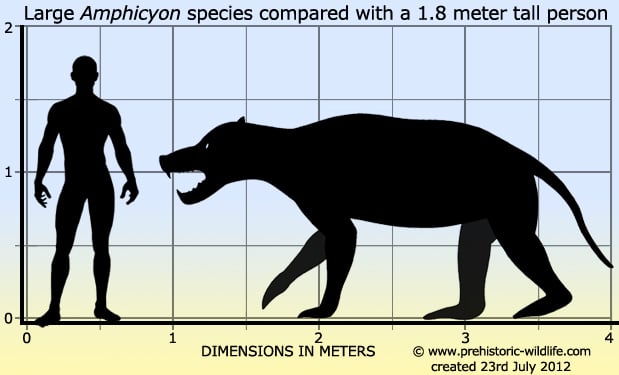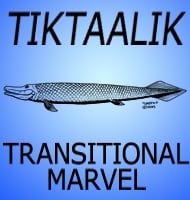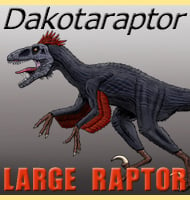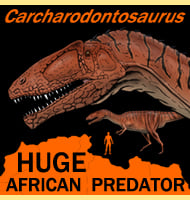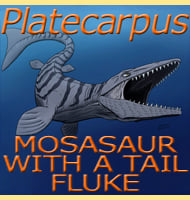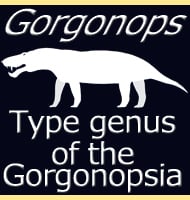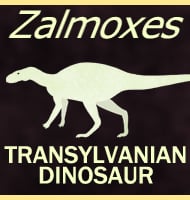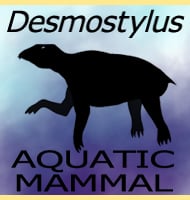In Depth
In popular culture Amphicyon is possibly the best known genera of the group known as ‘bear dogs’. This group was so named because of the immensely robust build of the body that gave them the appearance of bears even though the heads were more dog-like. Despite this more general name, Amphicyon was not a true dog, although it did live alongside animals that were more closely related to true dogs such as Epicyon.
Amphicyon was one of the larger examples of the bear dogs, and of the known species A. ingens from North America is often cited as one of the largest. It’s thought that the arrival of amphicyonine bear dogs in North America replaced older carnivores like Hyaenodon as the dominant predators of the land until they themselves were replaced by a combined emergence of new feline and canid predators.
Although Amphicyon is thought by many to have been an omnivore, it still had dedicated adaptations for hunting. Its sheer physical size meant that it was capable of overpowering many of the potential prey items that it came into contact with, and the especially well developed forelimbs suggest it was capable of wrestling prey to the ground. However this strength came at the price of speed, so Amphicyon would have been restricted to prey that could not run away from it, possibly larger and slower but more powerful animals like Chalicotherium that would have necessitated the extra strength.
The concept of pack behaviour in Amphicyon has been considered by some, but while it is a possibility there is so far very little in the way of direct evidence to support this behaviour. If Amphicyon was a solitary hunter it may have eventually had to go up against pack animals like wolves, and while some solitary predators can and do hold their ground against wolf packs (as can be witnessed today with grizzly bears stealing the kills from packs of grey wolves), this is not an absolute rule that can be applied to everything. Such competition could be a key part of the ultimate downfall of Amphicyon as a dominant carnivore, as well as a seeming shift of herbivorous prey animals becoming larger, faster and more powerful in their own rights, meaning that Amphicyon no longer had a size advantage, but possibly a size hindrance.
Further Reading
– Third contribution to the Snake Creek Fauna. – Bulletin of the American Museum of Natural History 50:59-210. – W. D. Matthew – 1924. – A new Amphicyon from the Deep River Miocene. – Geological Series, Field Museum of Natural History 6(23):341-350. – P. O. McGrew – 1939. – New Miocene Vertebrates From Florida. – Proceedings of the New England Zoological Club 18:31-38. – T. E. White – 1940. World beardog Amphicyon (Carnivora, Amphicyonidae) in North America. – Bulletin of the American Museum of Natural History 279:77-115. – R. M. Hunt jr. – 2003. – A new amphicyonid (Mammalia, Carnivora, Amphicyonidae) from the late middle Miocene of northern Thailand and a review of the amphicyonine record in Asia. – Thailand Journal of Asian Earth Sciences. 26 (5): 519–532. – St�phane Peign�, Yaowalak Chaimanee, Chotima Yamee & Pannipa Tian – 2006.
